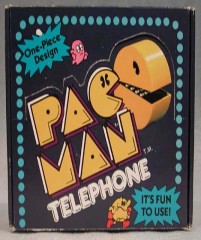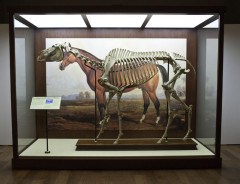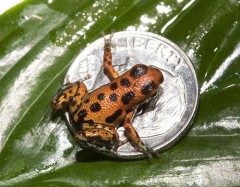
Pac-Man Telephone, 1982; photo courtesy Smithsonian Institution
Reportedly inspired by a pizza with one slice removed, Pac-Man was developed by Tōru Iwatani, a programmer for the Japanese company Namco. His primary motivation was to develop a nonviolent game that would appeal to male and female players alike. Unlike previous hit video games like Pong and Space Invaders, Pac-Man had a recognizable main character that allowed it to be the first video game to also be a licensing success. Pac-Man is considered today to be one of the video game classics and an icon of the 1980s.
Recognized by 94% of American consumers, Pac-Man has the highest brand awareness of any video game character ever. The character itself appears in more than 30 officially licensed game spin-offs and countless unauthorized ones. During the early 1980s, Pac-Man was everywhere. It was the first video game to spawn a marketing phenomenon, including licensed books, clocks, radios, gumball banks, a Saturday-morning cartoon and gadgets like this Pac-Man telephone.
This item is one of 137 million artifacts, works of art and specimens in the Smithsonian’s collection. It is not currently on display.

